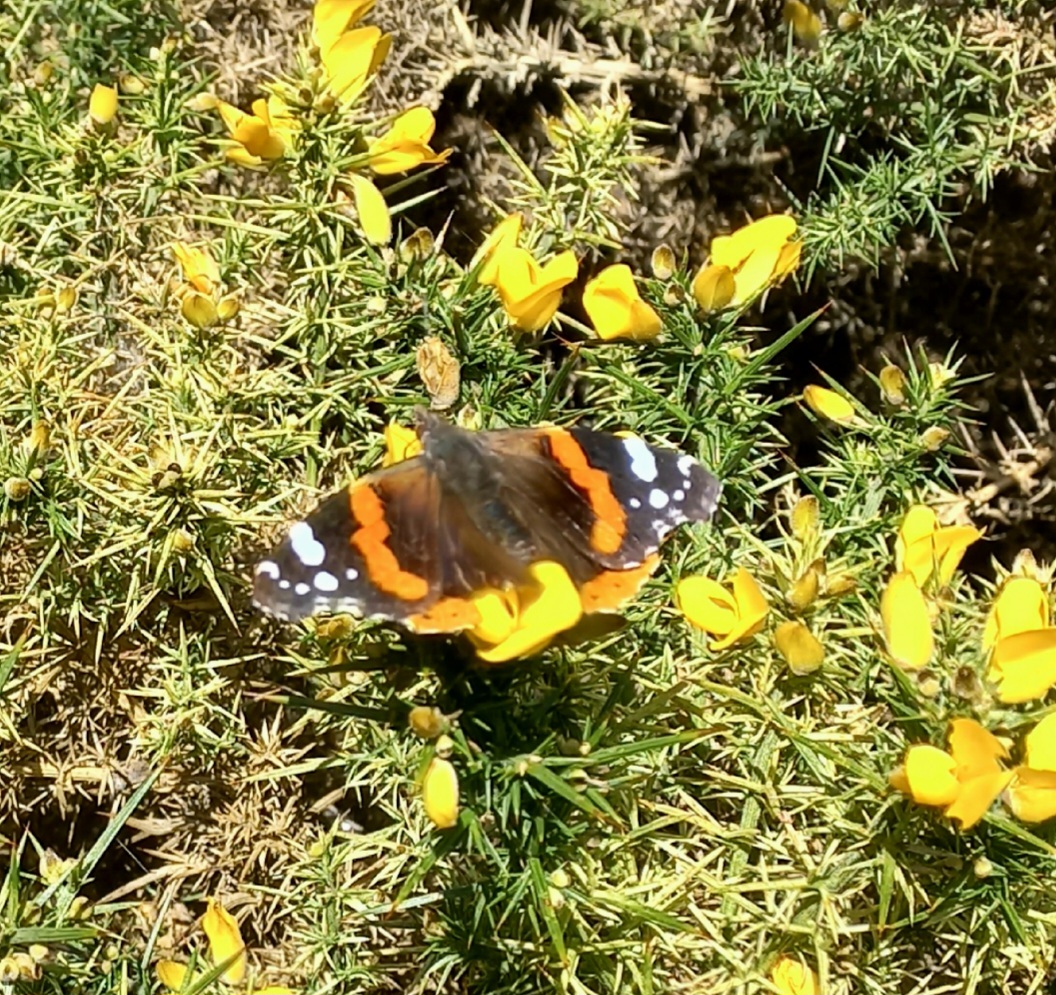326
1
327
1
329
1
Bird flu causing ‘catastrophic’ fall in UK seabird numbers, conservationists warn
(www.theguardian.com)
330
1
334
1
337
1
339
1
‘Places of the living’: bishop of Norwich calls for churchyards to be rewilded
(www.theguardian.com)
348
1
Conservationists urge don’t squeeze out nature as the Irish Sea comes under pressure | Cumbria Wildlife Trust
(www.cumbriawildlifetrust.org.uk)
349
1
Inside the long-term project to revitalise the Peak District and Pennines
(www.yorkshirepost.co.uk)
350
1
UK Nature and Environment
683 readers
13 users here now
General Instance Rules:
- No racism, sexism, homophobia, transphobia or xenophobia.
- No incitement of violence or promotion of violent ideologies.
- No harassment, dogpiling or doxxing of other users.
- Do not share intentionally false or misleading information.
- Do not spam or abuse network features.
Community Specific Rules:
- Keep posts UK-specific. There are other places on Lemmy to post articles which relate to global environmental issues (e.g. slrpnk.net).
- Keep comments in English so that they can be appropriately moderated.
Note: Our temporary logo is from The Wildlife Trusts. We are not officially associated with them.
Our spring banner is a shot of Walberswick marshes, Suffolk by GreyShuck.
founded 2 years ago
MODERATORS
